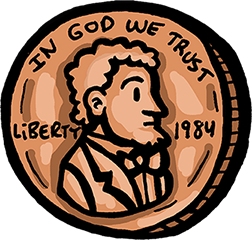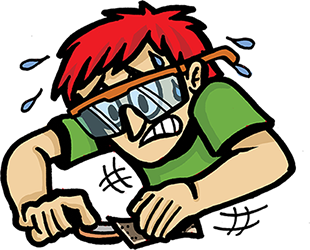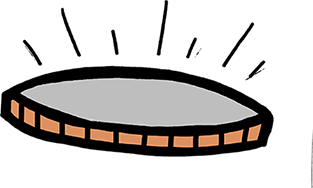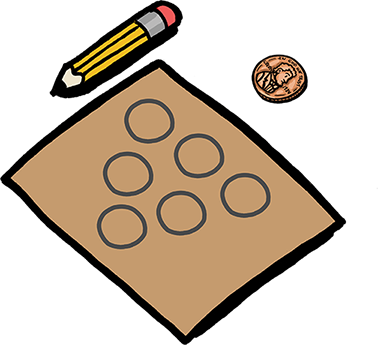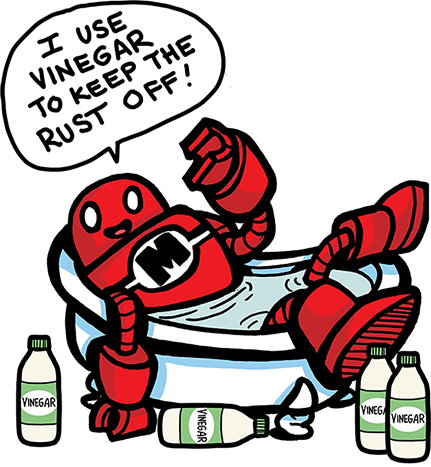Marc de Vinck - Electricity for Young Makers: Fun and Easy Do-It-Yourself Projects
Here you can read online Marc de Vinck - Electricity for Young Makers: Fun and Easy Do-It-Yourself Projects full text of the book (entire story) in english for free. Download pdf and epub, get meaning, cover and reviews about this ebook. year: 2017, publisher: Maker Media, genre: Home and family. Description of the work, (preface) as well as reviews are available. Best literature library LitArk.com created for fans of good reading and offers a wide selection of genres:
Romance novel
Science fiction
Adventure
Detective
Science
History
Home and family
Prose
Art
Politics
Computer
Non-fiction
Religion
Business
Children
Humor
Choose a favorite category and find really read worthwhile books. Enjoy immersion in the world of imagination, feel the emotions of the characters or learn something new for yourself, make an fascinating discovery.
- Book:Electricity for Young Makers: Fun and Easy Do-It-Yourself Projects
- Author:
- Publisher:Maker Media
- Genre:
- Year:2017
- Rating:5 / 5
- Favourites:Add to favourites
- Your mark:
Electricity for Young Makers: Fun and Easy Do-It-Yourself Projects: summary, description and annotation
We offer to read an annotation, description, summary or preface (depends on what the author of the book "Electricity for Young Makers: Fun and Easy Do-It-Yourself Projects" wrote himself). If you haven't found the necessary information about the book — write in the comments, we will try to find it.
Learning to be a maker has never been more fun. Lavishly illustrated with cartoons and drawings, this book guides the reader through six hands-on projects using electricity. Discover the electrical potential lurking in a stack of pennies - enough to light up an LED or power a calculator! Launch a flying LED copter into the air. Make a speaker that plays music from an index card. Build working motors from a battery, a magnet, and some copper wire. Have fun while learning about and exploring the world of electricity. The projects in this book illuminate such concepts as electric circuits, electromagnetism, electroluminescence, the Lorentz force and more. Youll be amazed by the results you get with a handful of simple materials.
Marc de Vinck: author's other books
Who wrote Electricity for Young Makers: Fun and Easy Do-It-Yourself Projects? Find out the surname, the name of the author of the book and a list of all author's works by series.

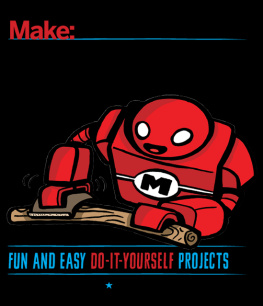
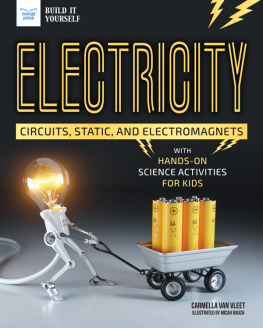


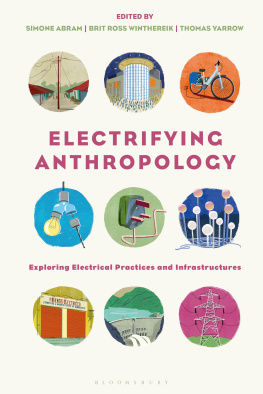
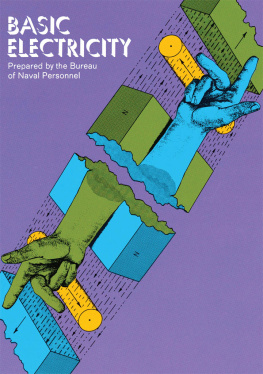

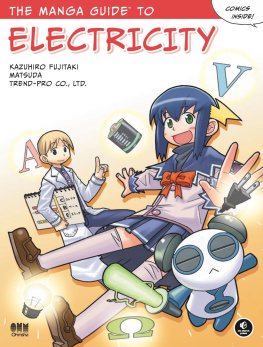

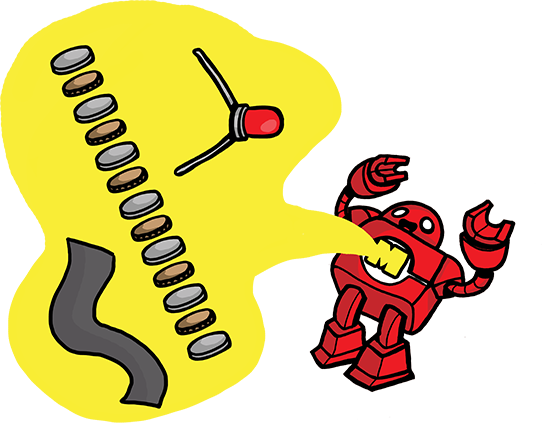
 safety glasses
safety glasses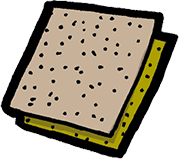 medium- or fine-grit sandpaper
medium- or fine-grit sandpaper scissors
scissors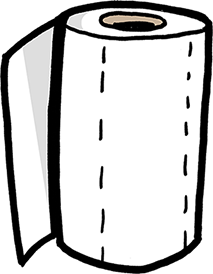 paper towels
paper towels paper or plastic cup
paper or plastic cup pencil
pencil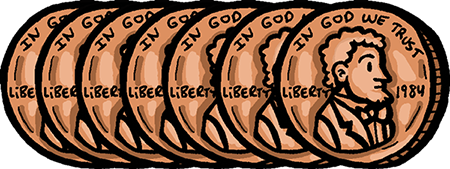 7 pennies, made in 1983 or later
7 pennies, made in 1983 or later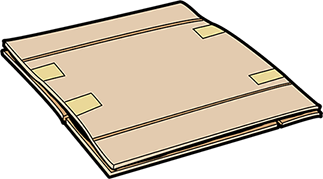 scrap cardboard, about 6 inches square
scrap cardboard, about 6 inches square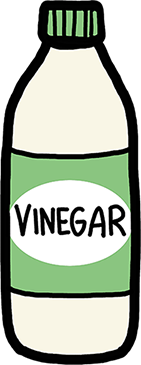 vinegar, pour into the cup
vinegar, pour into the cup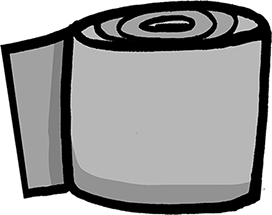 duct tape, 5-inch-long piece
duct tape, 5-inch-long piece 1 LED, red
1 LED, red